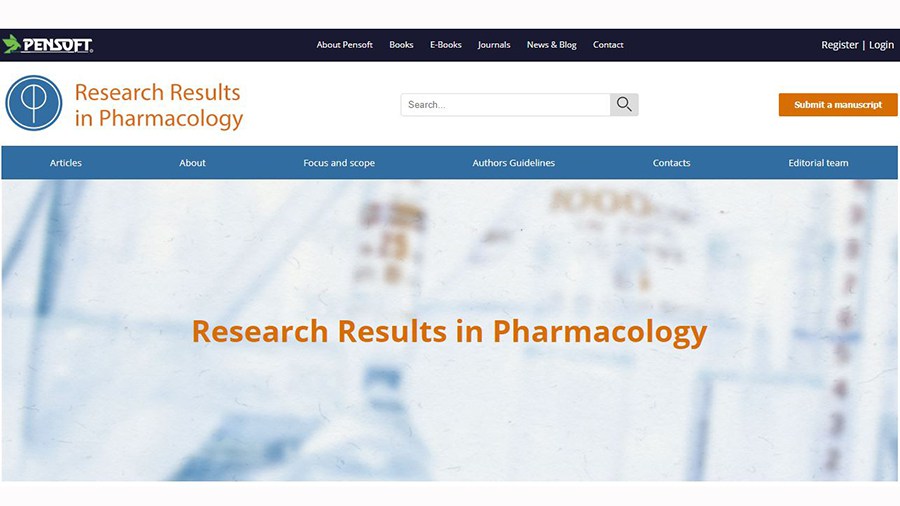Nearly five years after the launch of the innovative, open access scholarly venue, designed to accelerate biodiversity research by closing the gap between narrative and machine-readable structured data, BDJ is formally recognised as one of the high quality journals in its discipline by Clarivate Analytics.
Following a rigorous evaluation process, Pensoft‘s Biodiversity Data Journal (BDJ) was accepted for a range of Clarivate Analytics products and services, including the Science Citation Index Expanded (SCIE) and the Journal Citation Reports, meaning it is to make use of the Journal Impact Factor and related metrics.
Furthermore, articles published in BDJ are to be abstracted in several databases: Agriculture, Biology, and Environmental Sciences; Zoological Record, Biological Abstracts and BIOSIS Previews, so that the publications are even easier to find by researchers, while citations are continuously tracked, assessed and analysed.
Unlike conventional scholarly journals, BDJ allows for the integrated publication of data alongside text, made possible through highly automated import and conversion of machine-readable structured data into human-accessible format, resulting in a wide range of article types: data papers, species occurrences, species conservation profiles, software descriptions and others. On the other hand, text published in BDJ can be easily downloaded as data or mined by computers for reuse.
“Going beyond the purposes and capabilities of a traditional scholarly journal, or even a data journal, for five years now, BDJ has been successfully demonstrating how much of a valuable scholarly outlet it really is, especially when it comes to publication of data meant to be optimally findable, accessible, interoperable and reusable to the benefit of the field of biodiversity research,” says Prof. Lyubomir Penev, CEO and founder of both Biodiversity Data Journal and Pensoft.
“This recognition from Clarivate is certainly a great reassurance that BDJ has managed to fulfill its mission in proving its worth on the scholarly scene. After all, it comes with the leading usage metrics, in addition to the already featured Altmetrics, Dimensions, Scopus, and article- and sub-article-level statistics,” he adds.
###
About Biodiversity Data Journal:
Biodiversity Data Journal (BDJ) is a community peer-reviewed, open access journal, designed to accelerate publishing, dissemination and sharing of biodiversity-related data of any kind. All structural elements of the articles – text, morphological descriptions, occurrences, data tables, etc. – are treated and stored as data. BDJ aims at integrating data and narrative in the article content to the maximum extent possible. Supplementary data files that underpin graphs, hypotheses and results should also be published with the article or deposited in trusted open access data repositories. The journal provides rich biodiversity data import and export facilities through the ARPHA Writing Tool and Darwin Core Archives.

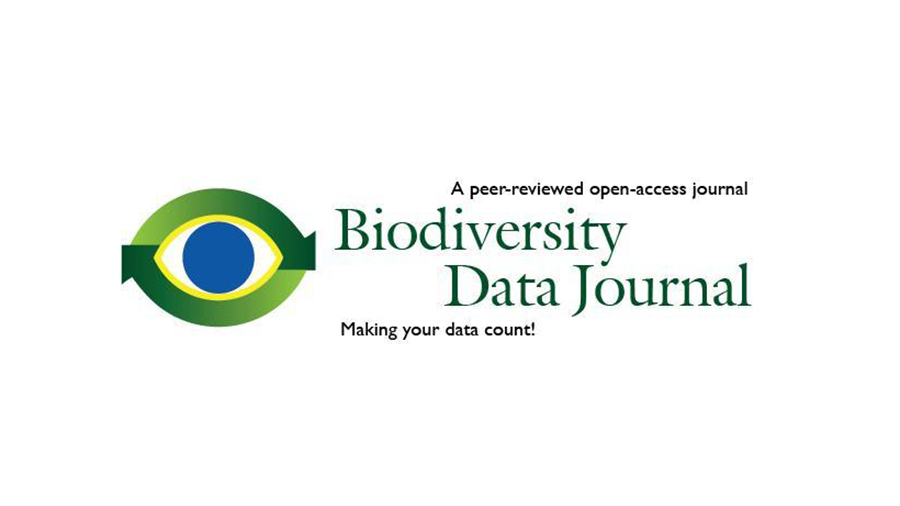

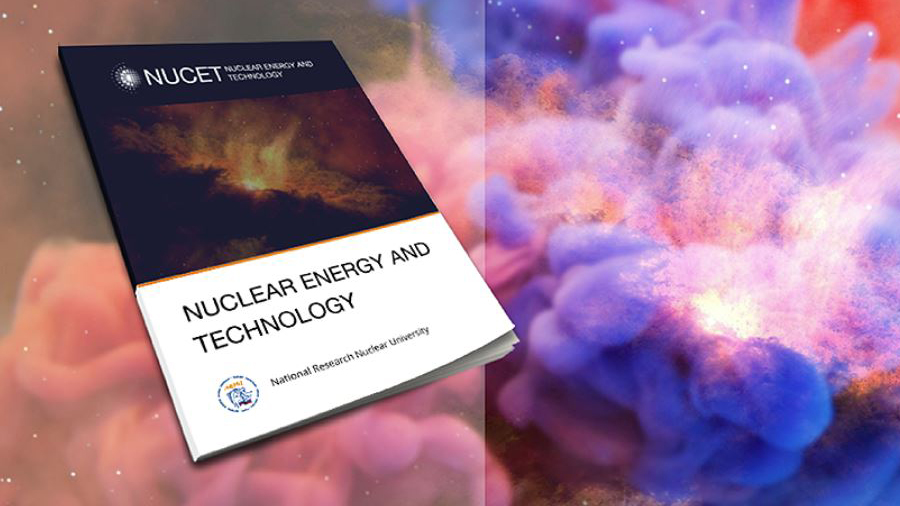



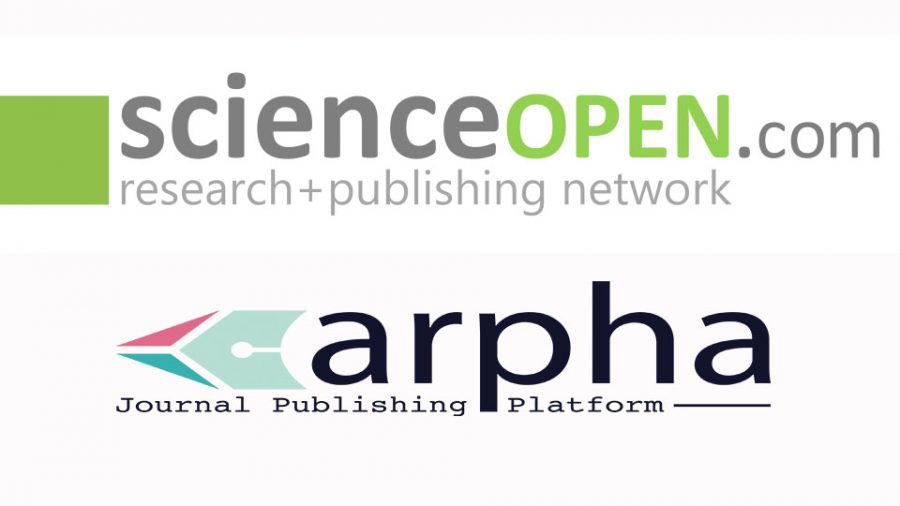
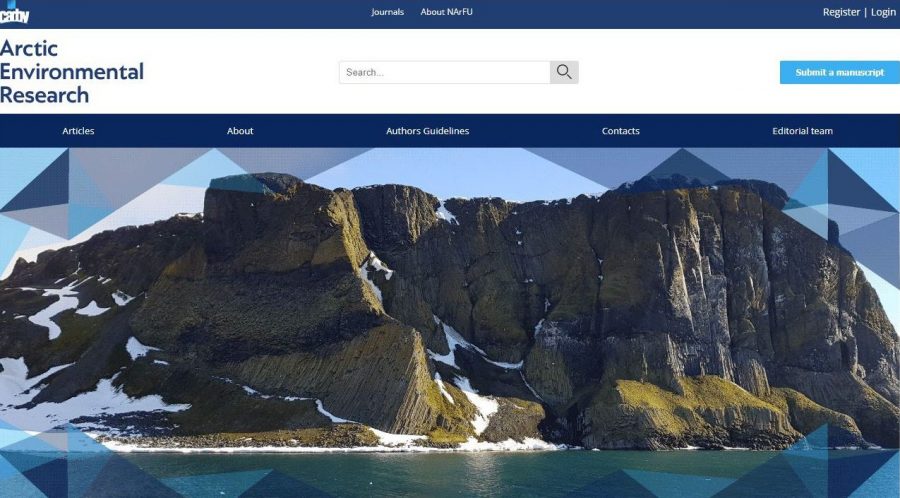

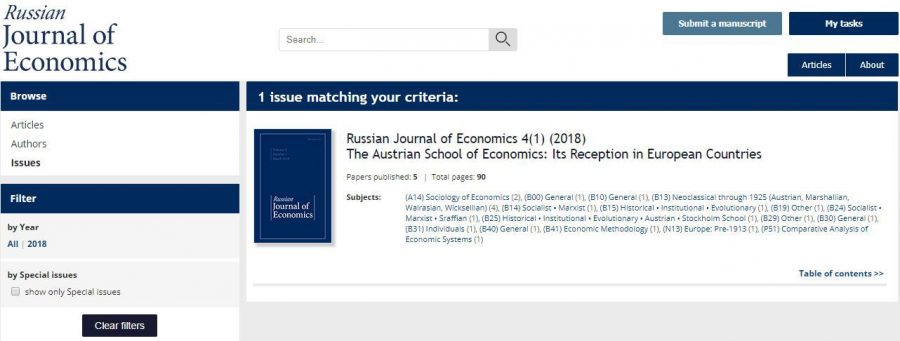

 What’s on in the new issue?
What’s on in the new issue?